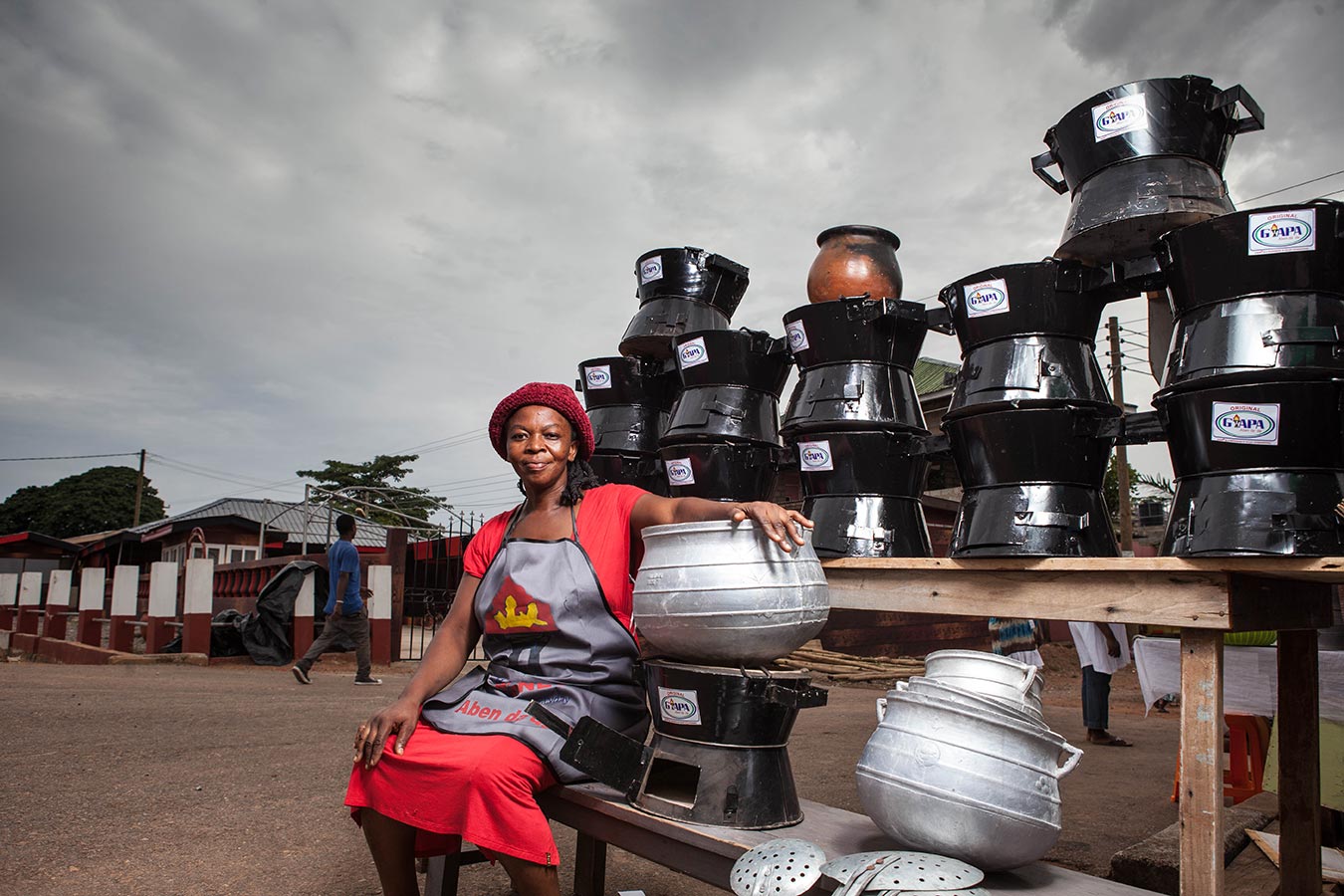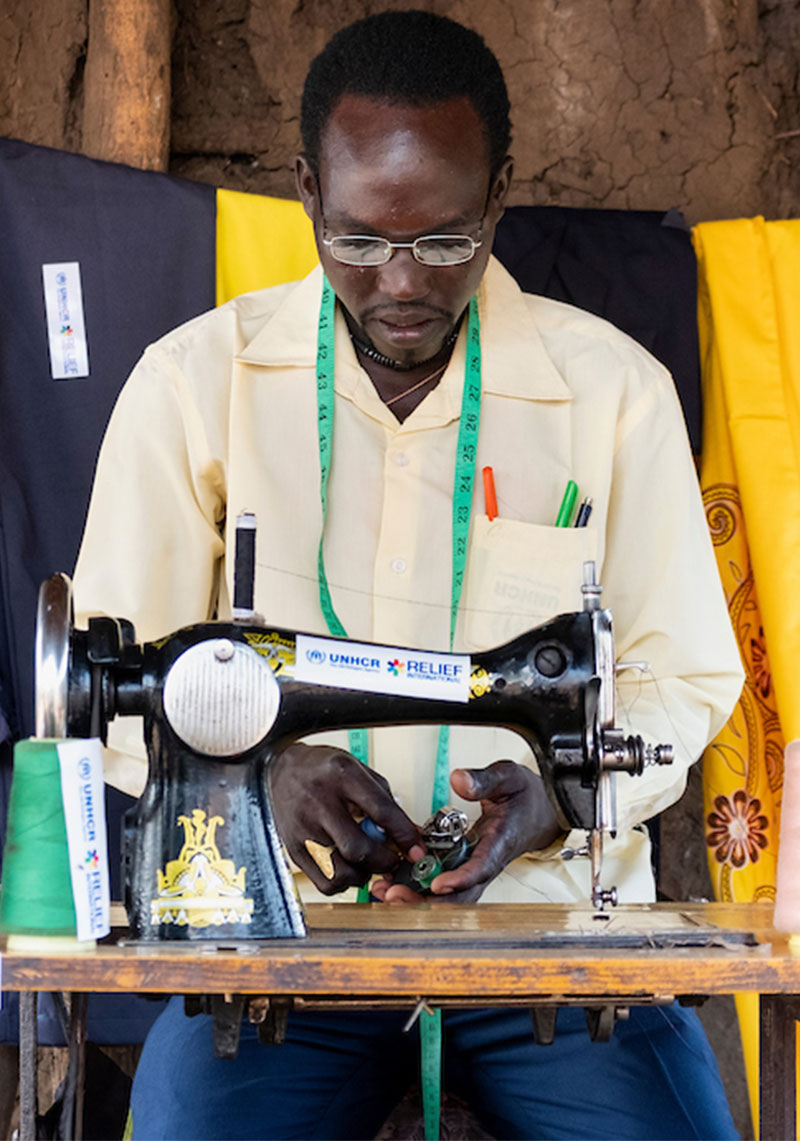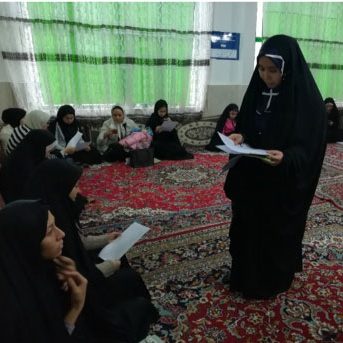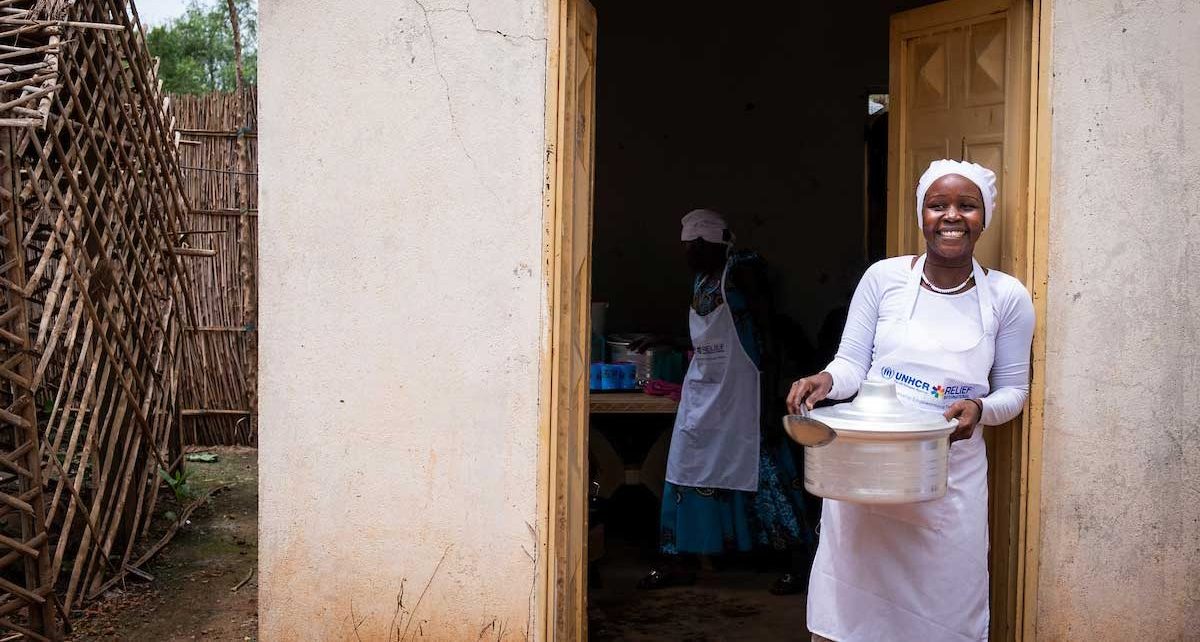The Marketing/Social Marketing Hybrid Approach
This manual is designed to introduce practitioners to the “Fighting Poverty with Profit” approach. It is based on 20 years of experience of EnterpriseWorks/VITA staff and our partners in the field.


To achieve the most lasting development in fragile settings, one intervention is more powerful than all the rest: creating jobs.
Relief International’s economic opportunity programs are based on the belief that creating employment is the most critical pathway to building resilience for communities in vulnerable situations. Our programs are based on sustainable, enterprise-oriented solutions. We help small producers and other entrepreneurs build businesses that transform their communities, create quality jobs, and increase productivity, market opportunities, and incomes. We do this by expanding access to small-scale technologies that are appropriate for fragile settings, as well as providing technical assistance, knowledge, and financial support.
All of Relief International’s livelihoods work is underpinned by protection measures. This means we ensure that groups with high vulnerability or special needs have access and dignity in attaining the economic opportunities they need to thrive.
Our economic opportunities programs include:


This manual is designed to introduce practitioners to the “Fighting Poverty with Profit” approach. It is based on 20 years of experience of EnterpriseWorks/VITA staff and our partners in the field.
The Conservation Marketing Equation manual is a decision support tool to be used by an individual or project team whose goal is to better understand product development and marketing that promotes conservation and social equity.
This case study outlines the USAID and European Commission-funded program aimed to reduce poverty and preserve biodiversity on the Mindanao and Palawan islands of the Philippines.


For more information on Relief International’s work in economic opportunity, please contact [email protected].